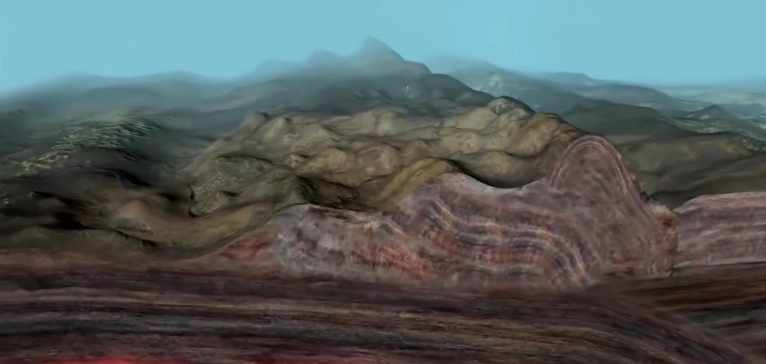Forces of Diastrophism: Understanding Folding and Faulting
Diastrophism is the name given to the forces that shape and deform the Earth’s crust. These forces can cause the crust to fold and form mountains or create faults where the crust fractures and one block of rock is displaced relative to another.
What is Folding?
Folding is a type of deformation in which rocks are bent or curved due to compressional forces acting on them. This can result in the formation of mountain ranges, like the Himalayas, where layers of rock have been pushed together and folded over millions of years.
Types of Folds
There are different types of folds that can be created by diastrophism. Anticlines are upward folds where the oldest rocks are found in the core of the fold, while synclines are downward folds with the youngest rocks in the core. Over time, these folds can be eroded, exposing the different layers of rock.
What is Faulting?
Faulting occurs when the Earth’s crust is subjected to tensional or compressional forces that cause it to break and move along a fault plane. This can create features like fault scarps, where one side of the fault is raised relative to the other, or fault blocks, where one block of rock has moved upward or downward.
Types of Faults
There are several types of faults that can result from diastrophism. Normal faults occur when the hanging wall moves downward relative to the footwall, while reverse faults occur when the hanging wall moves upward. Strike-slip faults, like the San Andreas Fault, are lateral faults where the rocks move horizontally past each other.
Understanding Diastrophism
By studying folding and faulting, geologists can gain insight into the forces that have shaped the Earth’s crust over millions of years. This knowledge can help us understand the formation of mountain ranges, the occurrence of earthquakes, and the movement of tectonic plates.
In conclusion, unraveling the forces of diastrophism is essential for understanding the dynamic processes that have shaped the Earth’s crust. By studying folding and faulting, we can gain valuable insights into the geological forces at work beneath our feet.

